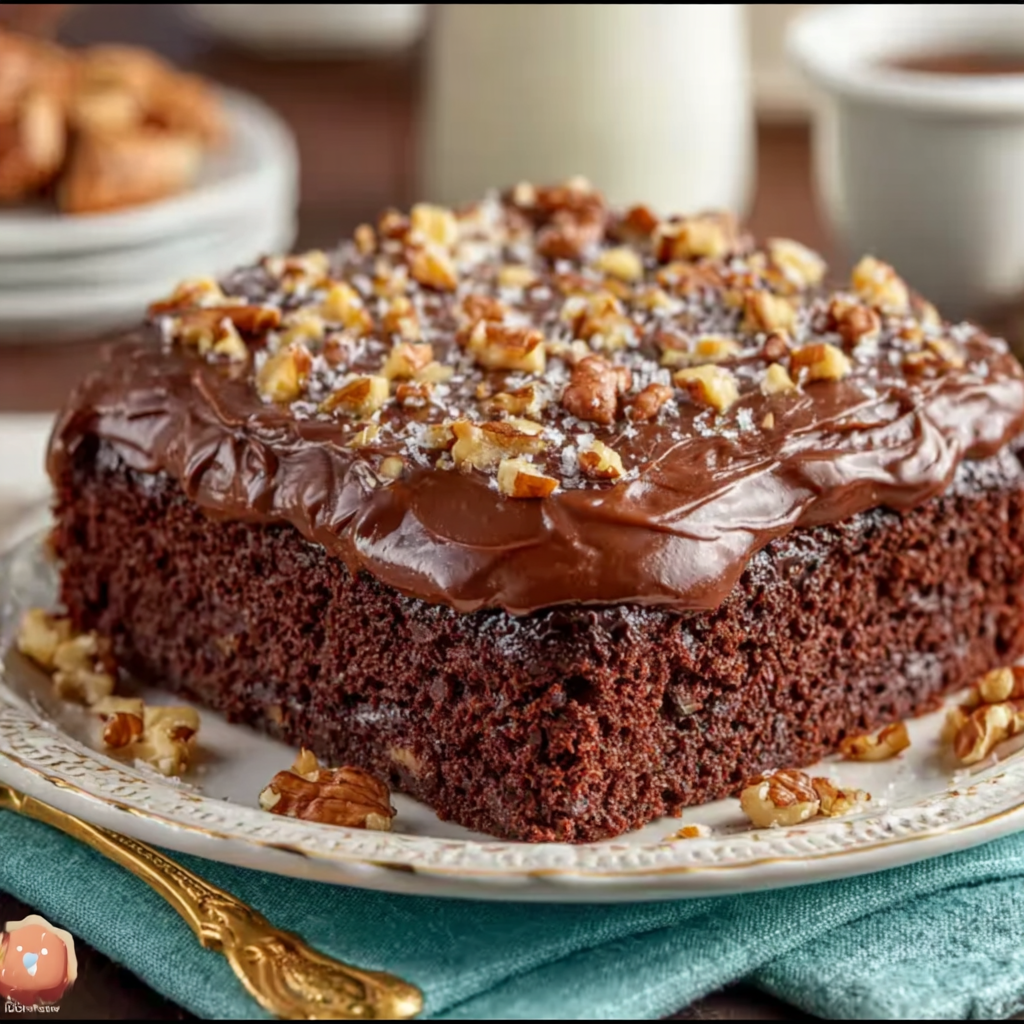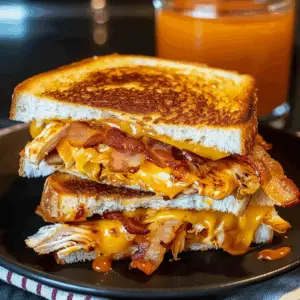From busy weeknights to festive celebrations, the moist Chocolate Sheet Cake brings irresistible joy to every table. Loaded with rich cocoa and a tender crumb, this versatile dessert stands out among traditional single-layer cakes by delivering maximum flavor in a snap. This simple sheet cake format allows for easy slicing and fuss-free serving.
Discover the storied history and regional roots of this iconic treat by exploring its entry in Sheet cake basics. For expert tips on perfecting your bake, visit our internal Ultimate Baking Guide for step-by-step instructions and pro insights.
Whether you’re hosting a casual gathering or a milestone celebration, our foolproof Texas sheet cake strategies ensure a crowd-pleasing result every time. Plus, find inspired decoration ideas on Holiday sheet cake recipes. Explore creative twists in our internal Sheet Cake Variations section.
- Decadent, melt-in-your-mouth texture every time
- One-pan simplicity for quick cleanup
- Buttermilk tang balanced by sweet powdered topping
What Is Texas Sheet Cake? Origins & Evolution
Born in mid-20th-century Southern kitchens, the Texas sheet cake represents a quintessential Southern dessert prized for its simplicity and rich flavor. Unlike layer cakes, this one-pan wonder relies on a thin crumb baked in a rectangular sheet pan cake format. Its signature traits include a velvety cocoa-infused batter, a quick bake time, and an indulgent chocolate icing that seeps into every nook.
Historical research credits Texan cooks for incorporating buttermilk and baking soda to achieve extra moistness. You can dive deeper into its culinary background via History of Texas cuisine while comparing ingredient ratios in our internal Cake Chemistry Overview. Early recipes often featured chopped pecans on top, a distinct nod to Texas’s widely abundant nut harvests.
Regional variations soon emerged, from adding coffee or espresso for depth to sprinkling coconut or toffee for texture. Food enthusiasts share modern adaptations on Pinterest, such as creative decoration and topping tips at Sheet cake decoration ideas. For alternative frostings and flavor innovations, check our internal Sheet Cake Variations guide. These evolutions underscore the recipe’s adaptability and enduring appeal among home bakers and professionals alike.
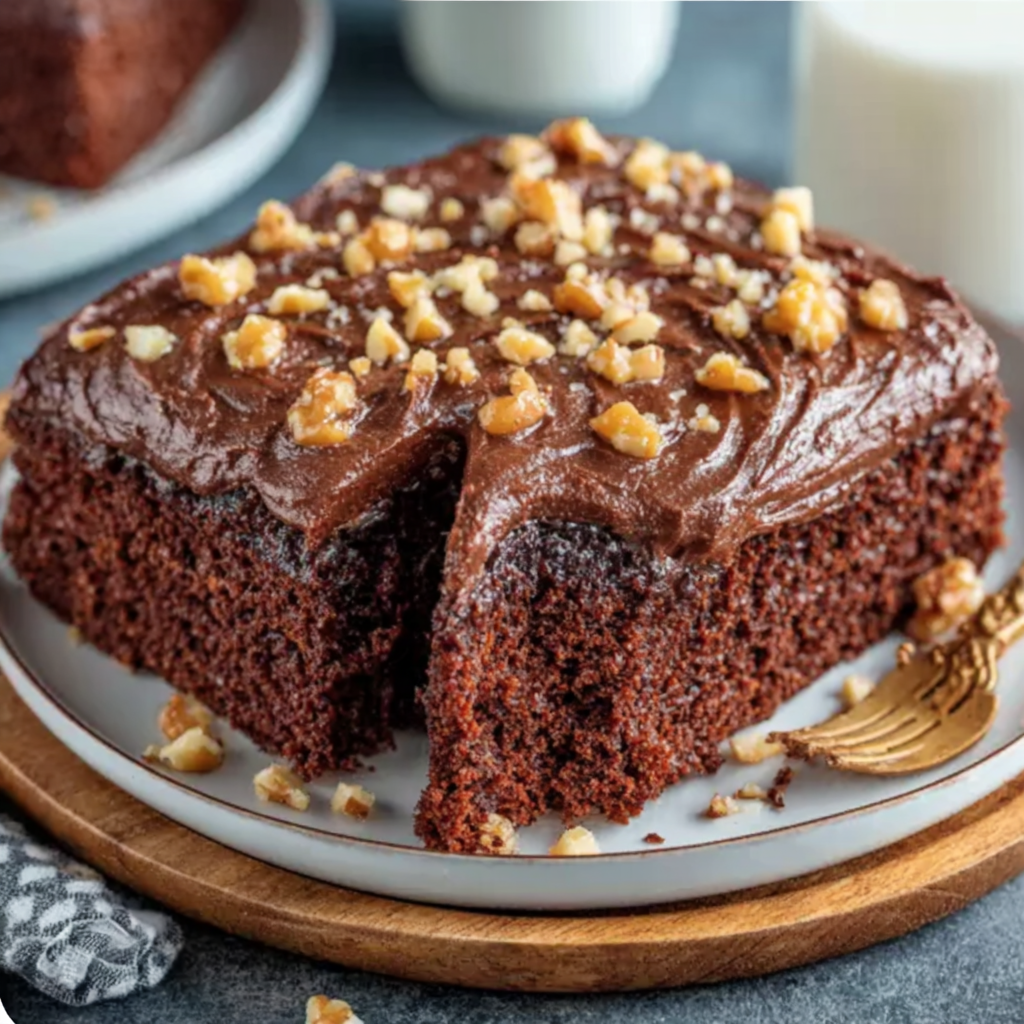
Key Characteristics: Why It Stays So Moist
The secret behind a moist Texas sheet cake lies in its unique ingredient combination. By adding hot water to the batter, cocoa particles bloom fully, intensifying flavor and creating a thin, pourable consistency. Blending vegetable oil instead of butter ensures lasting freshness, while the acidic reaction between buttermilk and baking soda produces tiny air pockets for a tender crumb.
Understanding these science-backed steps is essential before baking. Reference detailed ratios for cocoa quality at Understanding cocoa powder and explore innovative moisture enhancements in our internal Sheet Cake Variations guide. For hands-on frosting techniques that complement this tender crumb, browse Chocolate frosting techniques. Additionally, learn how pecans influence texture via Pecan nutrition facts and pick up quick mixing tips from Easy baking hacks, ensuring every slice remains deliciously moist.
- Balanced acidity and precise leavening for uniform, tender rise
- Oil-based batter retains extra moisture without greasiness
- Quick bake time stops overdrying
Ingredient Deep Dive
In this Ingredient Deep Dive, we unpack how each component contributes to the cake’s unparalleled moisture, structure, and flavor. Mastering the right ratios and types of flour, sweeteners, and fats ensures consistent results. Below, we explore key categories: flour and leaveners, cocoa, liquids, and enhancements. Recognizing each ingredient’s chemical interactions prevents common issues like a dense crumb or uneven rise. By tailoring components to your bake environment, you ensure consistent moistness across batches. Accurate measuring with a kitchen scale improves repeatability. Always sift dry ingredients.
Flour & Leaveners:
- All-purpose flour provides balanced structure, while cake flour yields lighter crumbs.
- For precise acidity and lift, baking soda interacts with tangy buttermilk—learn more about its culinary benefits on Buttermilk in baking.
- Salt not only seasons the crumb but also strengthens gluten for stability.
- You can compare protein contents in our internal Cake Chemistry Overview to choose the ideal flour for your desired crumb.
Cocoa & Sweeteners:
- Unsweetened cocoa powder delivers deep chocolate notes; explore its varieties via Understanding cocoa powder.
- Granulated sugar balances acidity and enhances tenderness.
Liquid Fats & Dairy:
- Vegetable oil locks in moisture longer than butter without altering flavor.
- Hot water blooms cocoa for uniform color and flavor.
- The tang of buttermilk creates tiny air pockets.
Enhancements:
- Optional chopped pecans add crunch and regional flair—reference Pecan nutrition facts for health info.
- Brown sugar can replace up to half the granulated sugar, adding molasses undertones.
- Ensure all liquids are room temp for mixing.
- Freshly sifted flour yields lighter crumb.
Equipment & Prep Tips
Before you begin, gather the right tools to ensure your Texas sheet cake bakes evenly and comes out perfectly moist:
- Sheet pan: Use a 15×10-inch jelly-roll pan or a rimmed baking sheet to achieve the ideal thickness.
- Mixing bowls: One large for dry ingredients and one medium for wet helps prevent overmixing.
- Whisk and spatula: A whisk aerates dry ingredients; a spatula ensures gentle folding.
- Measuring tools: A digital kitchen scale guarantees accuracy; measuring cups and spoons work as backup.
- Cooling rack: Allows the cake to cool evenly before frosting.
Prep tips for foolproof baking:
- Pan preparation
- Grease lightly with butter or nonstick spray, then line with parchment for easy removal.
- For uniform edges, leave a small overhang of parchment on two sides.
- Oven calibration
- Use an oven thermometer to confirm 350 °F (175 °C). An oven off by even 10 degrees can affect moisture.
- Position the rack in the center to ensure even heat distribution.
- Ingredient readiness
- Bring eggs, buttermilk, and oil to room temperature to prevent batter separation.
- Sift dry ingredients: flour, cocoa powder, baking soda, and salt to avoid lumps.
- Prepare hot water just before mixing to maximize cocoa bloom and flavor extraction.
Refer to our internal Cake Chemistry Overview for detailed tips on how temperature and mixing methods influence crumb structure.
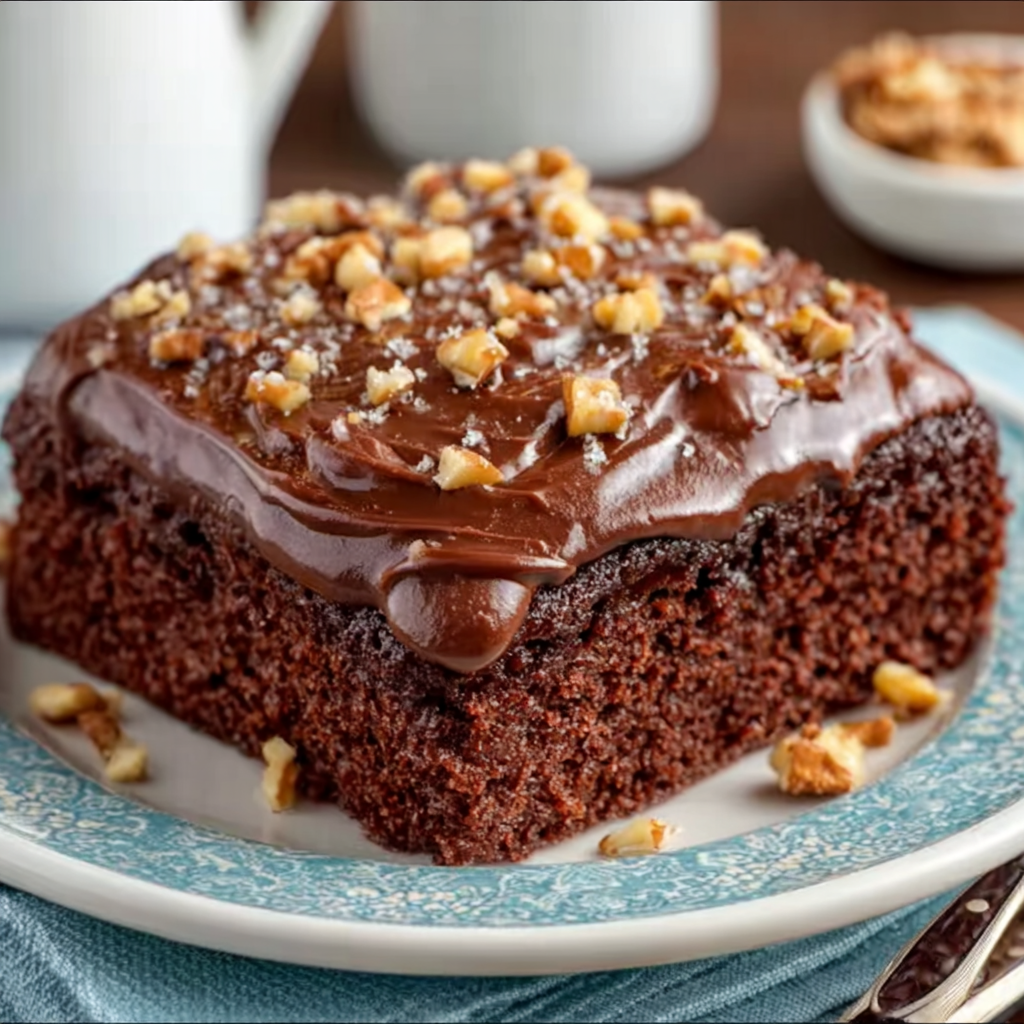
Step-by-Step Baking Instructions
- Combine dry ingredients
- In the large bowl, whisk 2 cups all-purpose flour, 2 cups sugar, 2 tablespoons cocoa powder, 1 teaspoon baking soda, and ½ teaspoon salt until uniform.
- Mix wet ingredients
- In the medium bowl, lightly beat 2 room-temperature eggs with 1 cup buttermilk, ½ cup vegetable oil, and 1 teaspoon vanilla extract until smooth.
- Create the batter
- Pour wet mixture into dry ingredients and stir just until moistened—avoid overmixing to keep the crumb tender.
- Slowly add 1 cup hot water, stirring until the batter is thin and free of lumps.
- Bake
- Pour batter into the prepared pan, spreading evenly.
- Bake at 350 °F (175 °C) for 20–25 minutes. Check doneness with a toothpick—it should come out with a few moist crumbs.
- Cool
- Remove the pan from the oven and let rest on a cooling rack while you prepare the frosting.
For troubleshooting during baking, consult our internal Ultimate Baking Guide.
Frosting Mastery: Silky Butter-Cocoa Icing
Achieving the perfect butter-cocoa icing is as important as the cake itself:
- Melt and blend
- In a small saucepan over medium heat, combine ½ cup unsalted butter, ¼ cup milk, and ¼ cup cocoa powder. Stir until bubbling around the edges.
- Sweeten and flavor
- Remove from heat and whisk in 3 cups powdered sugar and 1 teaspoon vanilla extract until smooth.
- For added crunch, fold in ½ cup chopped pecans.
- Apply while warm
- Immediately pour over the warm cake, spreading to the edges so the frosting seeps into every crevice.
For advanced decoration ideas, explore Sheet cake decoration ideas and our internal Sheet Cake Variations.
Creative Variations & Flavor Twists
Elevate your Chocolate Sheet Cake with these inventive twists:
- Nut-free crunch: Swap pecans for toasted coconut flakes or gluten-free granola.
- Espresso infusion: Dissolve 1 tablespoon instant coffee in the hot water for a mocha kick.
- Citrus zest: Stir orange or lemon zest into the frosting for bright, tangy notes.
- Holiday spices: Add 1 teaspoon ground cinnamon or ½ teaspoon ginger to the dry mix for festive warmth.
- Healthier option: Replace half the granulated sugar with brown sugar for molasses undertones and extra moisture.
Find more inspiration on Holiday sheet cake recipes and integrate creative ideas from our internal Sheet Cake Variations.
Troubleshooting Common Issues
- Dry cake:
- Verify oven temperature with a thermometer and avoid overbaking—remove when a toothpick shows moist crumbs.
- Runny frosting:
- Let the icing cool slightly before pouring; if too thin, whisk in extra powdered sugar gradually.
- Cake sinking:
- Don’t open the oven door during the first 15 minutes; maintain consistent heat.
- Uneven bake:
- Rotate the pan halfway through baking and ensure oven racks are level.
Serving, Storage & Make-Ahead Tips
- Serving
- Slice into squares while warm for gooey frosting or wait until fully cooled for cleaner cuts.
- Storage
- Cover the pan tightly with plastic wrap; the cake stays moist for up to five days at room temperature.
- Freezing
- Wrap individual pieces in foil and place in a sealed freezer bag for up to three months.
- Reheating
- Warm slices in the microwave (10–15 seconds) or in a 300 °F oven for 5 minutes to revive freshness.
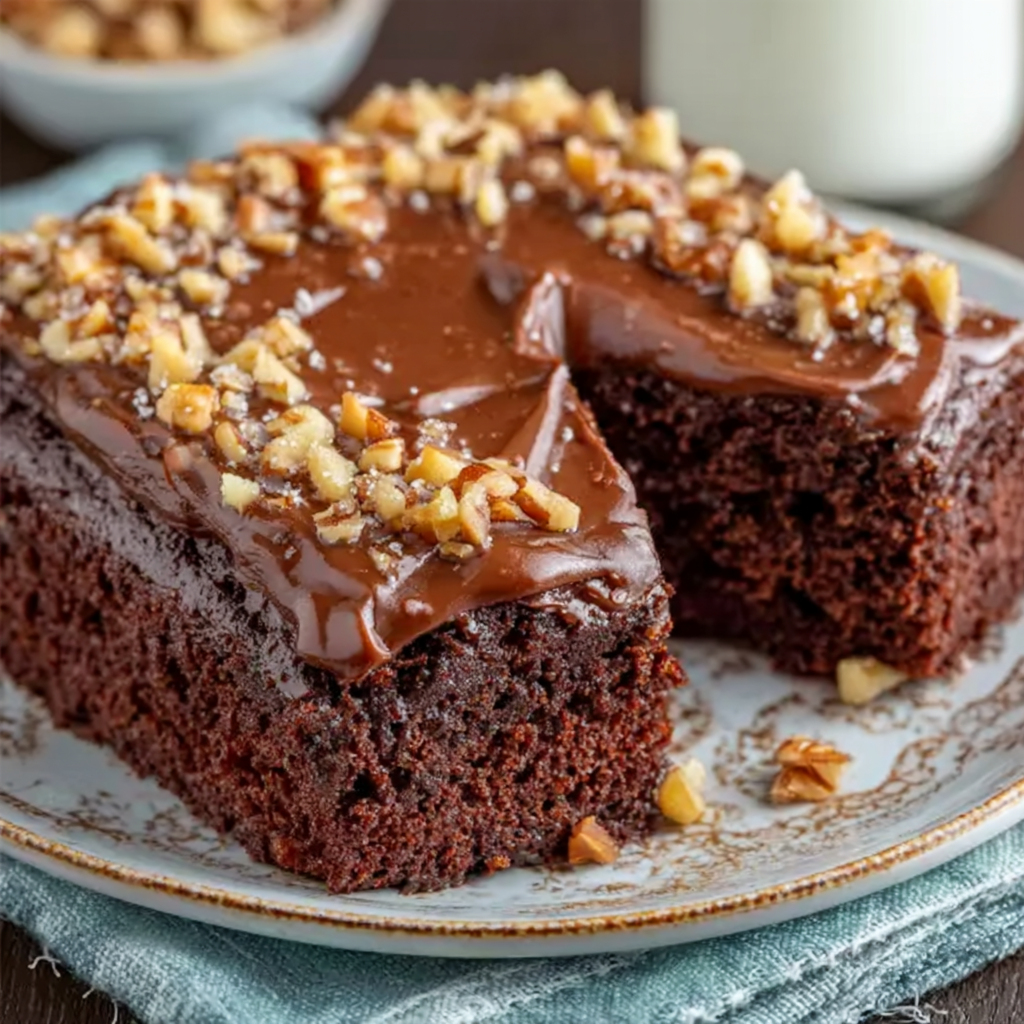
FAQs
- What makes a cake a “Texas” sheet cake?
The hallmark is a single‐pan format, buttermilk and baking soda for moisture, plus a hot-water-based cocoa batter topped with warm icing. - Can I substitute buttermilk?
Yes—mix 1 cup milk with 1 tablespoon vinegar or lemon juice, let sit 5 minutes to curdle. - How do I prevent the frosting from cracking?
Pour the icing while both cake and frosting are warm; cooler temperatures cause thin frostings to set too quickly. - Is it better to use Dutch-processed cocoa?
Dutch-processed yields a milder flavor and darker color but requires baking powder instead of baking soda for proper rise. - Can I double the recipe in a 9×13″ pan?
Doubling in a deeper pan alters baking time; instead, use two separate sheet pans for consistent thickness.
Texas Sheet Cake Recipes & Tips
This Moist Texas Chocolate Sheet Cake delivers rich, deep‐flavored chocolate in a fuss-free one-pan format. A tender, cocoa‐infused crumb is achieved by combining hot water with oil and buttermilk, ensuring lasting moistness. The signature silky butter-cocoa icing seeps into the cake’s crevices, creating an indulgent texture that’s perfect for gatherings, celebrations, or everyday cravings. Optional chopped pecans add a nutty crunch, but the base recipe shines on its own.
Ingredients
For the cake:
- 2 cups (250 g) all-purpose flour
- 2 cups (400 g) granulated sugar
- 2 tablespoons unsweetened cocoa powder
- 1 teaspoon baking soda
- ½ teaspoon salt
- 2 large eggs, at room temperature
- 1 cup (240 ml) buttermilk
- ½ cup (120 ml) vegetable oil
- 1 teaspoon vanilla extract
- 1 cup (240 ml) hot water
For the frosting:
- ½ cup (115 g) unsalted butter
- ¼ cup (60 ml) milk
- ¼ cup (25 g) unsweetened cocoa powder
- 3 cups (360 g) powdered sugar, sifted
- 1 teaspoon vanilla extract
- ½ cup (50 g) chopped pecans (optional)
Instructions
Preheat the oven to 350 °F (175 °C) and grease a 15×10-inch (38×25 cm) jelly-roll pan or sheet pan. In a large bowl whisk together the flour, sugar, cocoa powder, baking soda, and salt until evenly combined.
In a separate bowl beat the eggs lightly with the buttermilk, oil, and vanilla. Pour the wet ingredients into the dry ingredients and stir just until moistened. Pour in the hot water and stir until the batter is smooth and thin.
Pour the batter into the prepared pan and spread it in an even layer. Bake for 20–25 minutes, or until a toothpick inserted in the center comes out with a few moist crumbs. Remove from the oven and set aside while you prepare the frosting.
For the frosting, combine the butter, milk, and cocoa powder in a small saucepan over medium heat. Stir constantly until the butter melts and the mixture begins to bubble around the edges. Remove from heat and whisk in the powdered sugar and vanilla until smooth. If using pecans, fold them in now.
Immediately pour the frosting over the warm cake, spreading it to the edges so it seeps down into every crevice. Allow the cake to cool completely in the pan before slicing into squares.
Notes
- For best results, measure ingredients by weight when possible.
- Bring refrigerated ingredients to room temperature to ensure even emulsification.
- If baking at altitude, reduce baking soda by 1/8 teaspoon per 3,000 feet above sea level.
- Customize sweetness by adjusting powdered sugar in the frosting.
- Store covered at room temperature for up to five days; freeze individual slices for quick treats.
